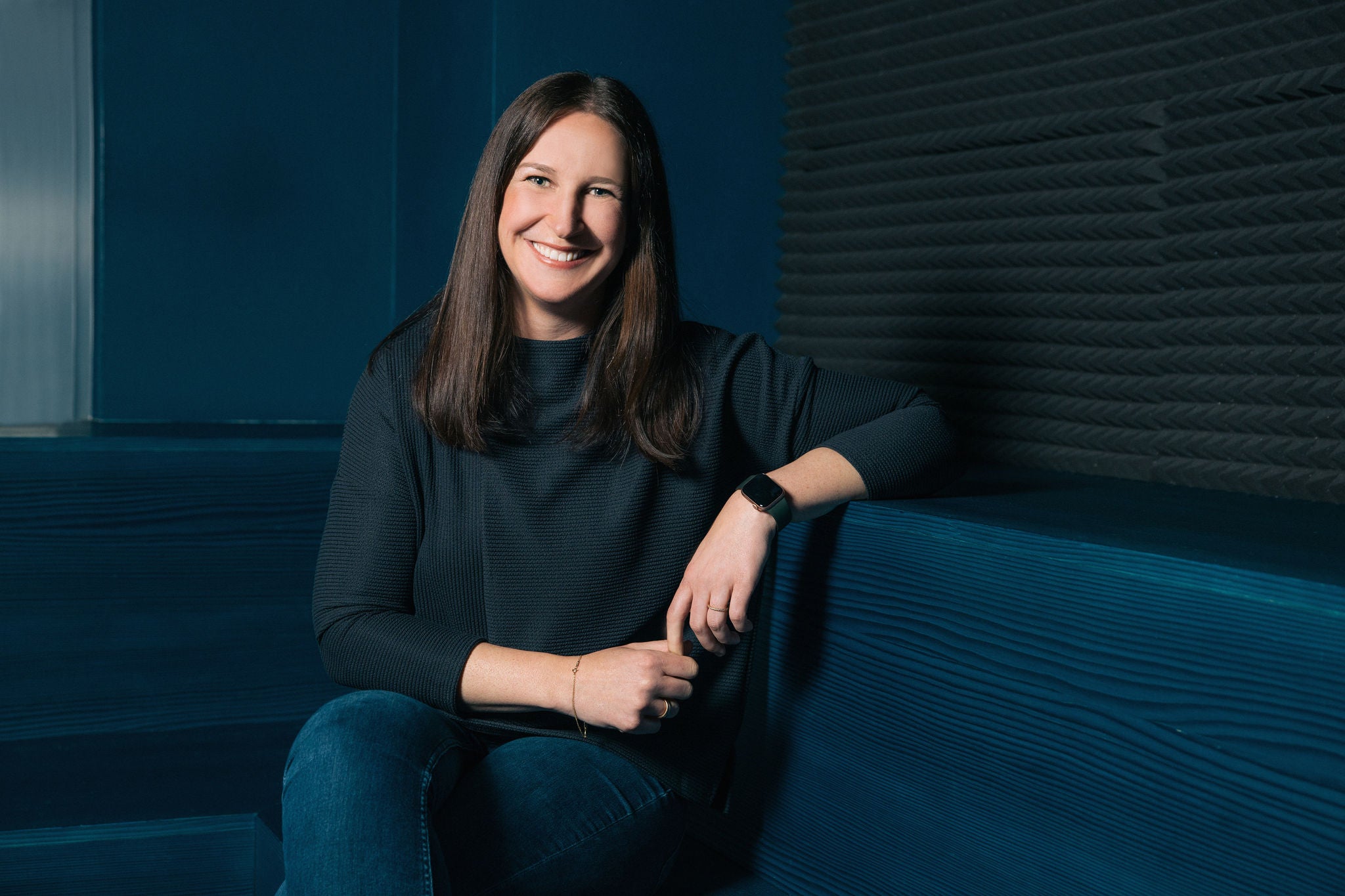With the progress of generative AI and agent-based systems, it will be possible to create websites and advertising material dynamically and individually according to a company's corporate design – customized to the respective request and user profile. This development opens up enormous potential for personalized brand experiences. Meta goes even further: in the future, companies will only have to provide their advertising objectives and payment information – the entire process from content creation to performance measurement will be automated by the platform.
This presents companies with a new challenge: even automatically created content must remain consistently brand-compliant to ensure identity and controllability. The key question is: can AI agents completely take control of compliance with corporate design – or is human control still essential?
Agentic governance – guard rails for autonomous creativity
To ensure that agent-based systems do not dilute brand identity, they must be given clear rules. They must be able to show how they arrive at decisions, fully document their processes and provide insight into their actions.
This structured control can be described as ‘agentic governance’. It ensures that every dynamically created website, every personalized ad and every individual approach remain within the defined brand identity.
The introduction of this governance follows three key steps. Firstly, an interdisciplinary team consisting of corporate design professionals and tech experts is needed to jointly develop a machine-readable design system. It translates colors, fonts, image styles, tonalities as well as current and historical brand messages into standardized syntax – so that agents can be trained on it.
In the second step, this system is integrated into the agent architecture and the scope for creative variation within the brand guidelines is defined. KPIs such as permissible color deviations or tonality scores in accordance with corporate identity specifications, ensure quality and make deviations visible in dashboards.
Finally, regular checks by humans remain essential, as emotional fit is still difficult to measure. Even if the Turing test has been passed, people are needed who can check random samples of the sound, the visual appearance and cultural relevance of the brand.
This could also lead to the role of the 'Agentic Brand Guardian' becoming established and indispensable in many organizations. The Agentic Brand Guardian is not a design or tech expert, but a moderator between the two worlds – similar to the Scrum Master in agile teams. A person who creates framework conditions, accompanies processes and ensures quality, thus becoming the connecting instance between creative brand management and technological implementation.
Technology needs people – but they no longer stand alone
Agentic systems are evolving rapidly. They are processing feedback, optimizing themselves and increasingly taking over quality assurance – for example, by automatically checking output against style guides. Soon, agents will not only be able to design, but also to monitor each other. But even then, they will still need the guidelines we define, and the sensitivity that machines cannot replicate.
So it's not a question of either/or. Agentic Governance represents a new form of cooperation between humans and machines, where both work together to ensure that brands stay consistent and distinctive, while also communicating with greater freedom and agility.
Interested in more content?
Back to Issue #19










